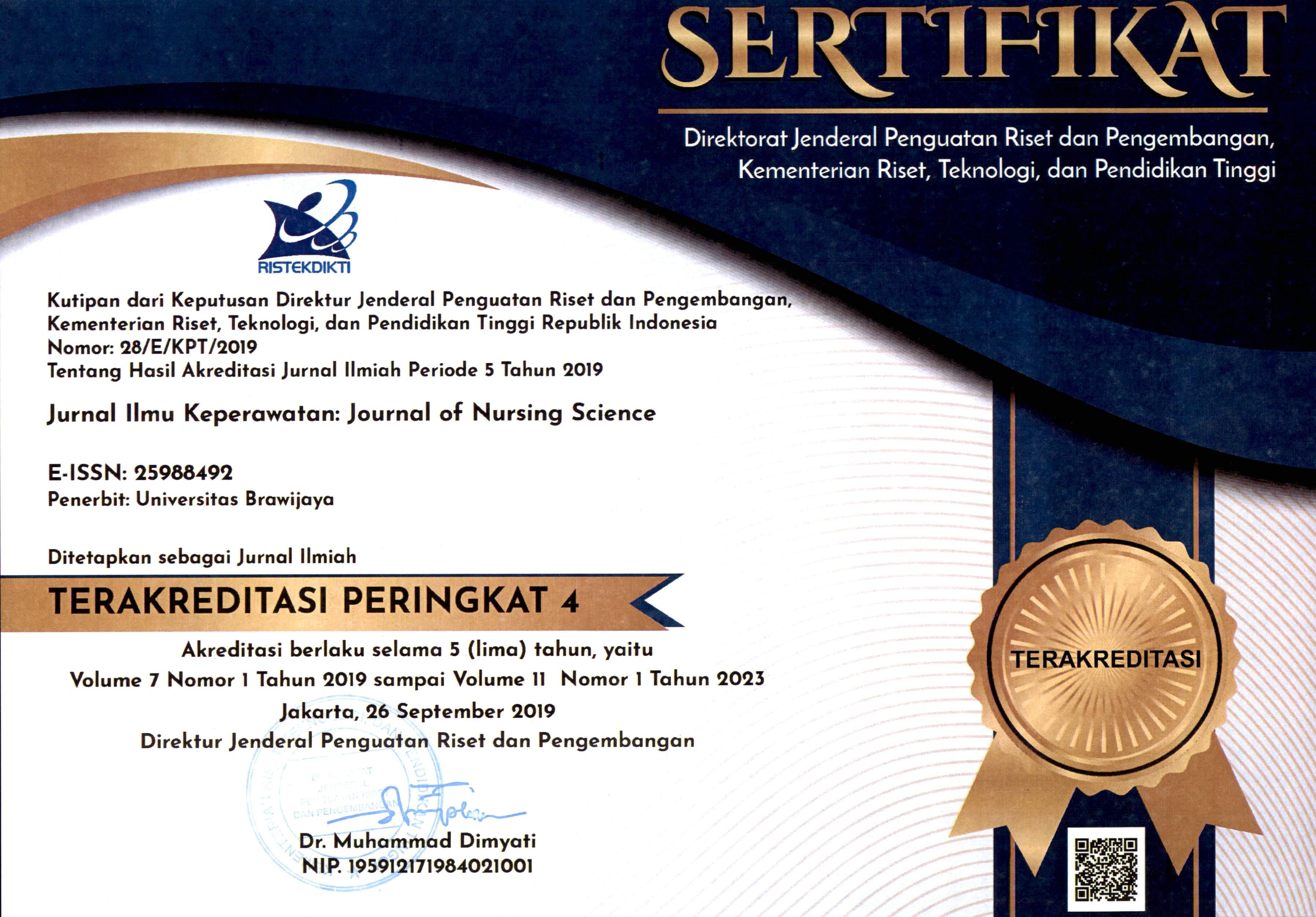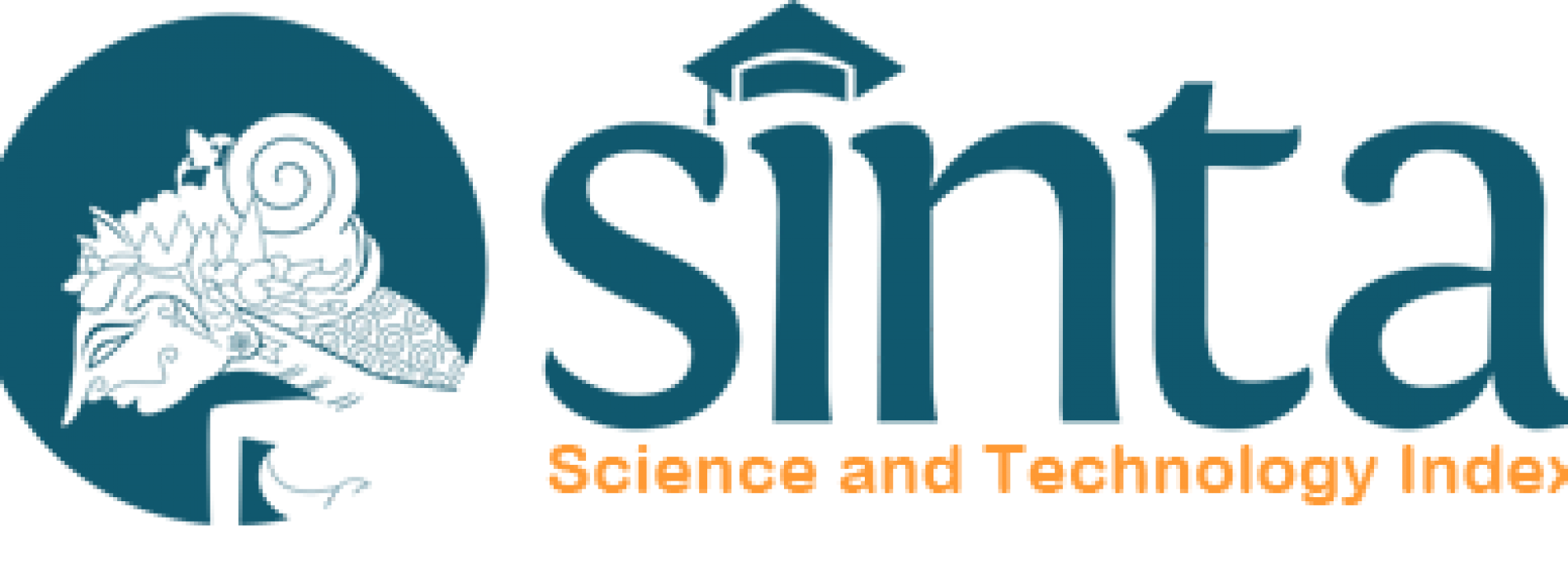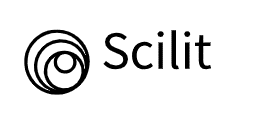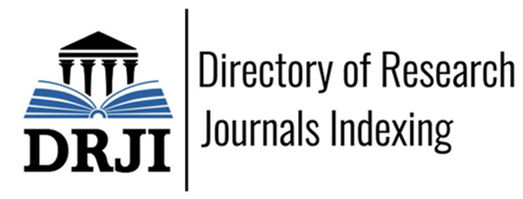PERBEDAAN TINGKAT KECEMASAN MAHASISWA DALAM MENYELESAIKAN TUGAS DENGAN PEMBAGIAN KELOMPOK BERDASARKAN METODE FRIENDSHIP GROUP DAN RANDOM GROUP DI FAKULTAS KEDOKTERAN UNIVERSITAS BRAWIJAYA
Abstract
Metode pembelajaran tugas kelompok merupakan suatu metode pembelajaran yang jarang ditinggalkan dalam rangkaian proses belajar mengajar. Dalam prakteknya, ada banyak sekali metode pembagian kelompok yang sering diterapkan terutama metode friendship group dan random group. Mahasiswa sebagai elemen penting masyarakat yang dipercaya sebagai kelompok terdidik ternyata tidak bisa lepas dari masalah kecemasan. Kecemasan merupakan perasaan yang tidak menyenangkan dan dapat menimbulkan gejala-gejala fisiologis yang bisa menghambat pencapaian ideal yang diharapkan dari seorang mahasiswa. Penelitian ini bertujuan untuk mengetahui perbedaan tingkat kecemasan mahasiswa dalam menyelesaikan tugas terkait penggunaan metode pembagian kelompok friendship group dan random group. Penelitian ini menggunakan desain penelitian deskripsi analitik komparatif dengan pendekatan Cross Sectional yang terdiri dari variabel independent berupa metode friendship group dan random group serta variabel dependent berupa tingkat kecemasan yang akan diukur mengunakan instrumen Zung Self-Rating Anxiety Scale (SAS). Sampel penelitian ini adalah mahasiswa Fakultas Kedokteran Universitas Brawijaya angkatan 2007, 2008, 2009 dan 2010 pengambilan sampel dengan cara stratified random sampling. Penelitian ini menggunakan statistik uji Mann-Whitney dengan taraf signifikansi 0,05. Berdasarkan uji Mann-Whitney tersebut, didapatkan P-value sebesar 0,000, oleh karena 0,000 < 0,05, maka H0 ditolak yang berarti terdapat perbedaan kecemasan yang signifikan antara metode friendship group dengan metode random group.
Kata Kunci : Mahasiswa, Kecemasan, Friendship group, Random group
Downloads
Published
How to Cite
License
Authors published in this journal agree to the following terms:
1. The copyright of the received article shall be assigned to the journal as the publisher of the journal. The intended copyright includes the right to publish the article in various forms (including reprints). The journal maintains the publishing rights to the published articles.
2. Authors may enter into separate additional contractual agreements for the non-exclusive distribution of the published journal version of the work (for example, posting it to an institutional repository or publishing it in a book), with acknowledgment of their initial publication in this journal.
3. Authors are permitted and encouraged to post their work online (e.g. in an Institutional Repository or on their website) before and during the submission process, as this can result in a productive exchange, as well as earlier and larger citations of the published work.
4. Articles and all related material published are distributed under Creative Commons Attribution-NonCommercial 4.0 International License or CC BY-NC 4.0 license.
JNSU is licensed under a Creative Commons Attribution-NonCommercial 4.0 International License or CC BY-NC 4.0 license.
Most read articles by the same author(s)
- Retno Lestari, Titin Andri Wihastuti, Berty Febrianti Rahayu, HUBUNGAN TINGKAT KECEMASAN DENGAN TINGKAT KEMANDIRIAN ACTIVITIES OF DAILY LIVING (ADL) PADA LANJUT USIA DI PANTI WERDHA , Journal of Nursing Science Update (JNSU): Vol. 1 No. 2 (2013)
- Cipto Susilo, Hidayat Sujuti, Titin Andri Wihastuti, HUBUNGAN LUAS INFARK MIOKARD (BERDASAR SKOR SELVESTER) DENGAN RESPON NYERI DADA PADA PASIEN SINDROM KORONER AKUT (SKA) DI RSD Dr. SOEBANDI JEMBER , Journal of Nursing Science Update (JNSU): Vol. 1 No. 2 (2013)
- Aisyah Dzil Kamalah, Ahsan Ahsan, Heri Kristianto, EFEKTIVITAS PSIKOEDUKASI KELUARGA PADA CAREGIVER PASIEN ULKUS DIABETES MELITUS DALAM MENURUNKAN TINGKAT ANSIETAS , Journal of Nursing Science Update (JNSU): Vol. 4 No. 2 (2016)
- Renny Nova, Titin Andri Wihastuti, Retno Lestari, HUBUNGAN KEJADIAN DEPRESI DAN INSOMNIA PADA LANSIA DI PANTI WERDHA TRESNO MUKTI TUREN MALANG , Journal of Nursing Science Update (JNSU): Vol. 1 No. 1 (2013)
- Heri Kristianto, PERBANDINGAN KEBUTUHAN CAIRAN DAN PEMBIAYAAN DALAM PROSES PERAWATAN ULKUS KAKI DIABETES MELITUS DENGAN METODE PENCUCIAN LUKA 13 PSI DAN 7 PSI , Journal of Nursing Science Update (JNSU): Vol. 4 No. 1 (2016)
- Mochamad Ali Sodikin, Titin Andri Wihastuti, Lilik Supriati, PENGARUHLATIHAN ASERTIFDALAM MEMPERPENDEK FASE INTENSIF DAN MENURUNKAN GEJALA PERILAKU KEKERASANDI RUANG INTENSIVE PSYCHIATRIC CARE UNIT ( IPCU ) RSJ. Dr. RADJIMAN WEDIODININGRAT LAWANG , Journal of Nursing Science Update (JNSU): Vol. 3 No. 2 (2015)
- Rina Anggraini, Titin Andri Wihastuti, Dewi Kartikawatiningsih, THE DIFFERENCES OF CORRELATION OF THE TIMI, GRACE, AND KILLIP RISK SCORES AS PREDICTOR PROGNOSIS PATIENTS WITH NON ST-ELEVATION MYOCARD INFARCTION ACUTE CORONARY SYNDROME IN ICCU RSUD DR.ISKAK TULUNGAGUNG , Journal of Nursing Science Update (JNSU): Vol. 6 No. 1 (2018)
- Sasnita Salam, Titin Andri Wihastuti, Tony Suharsono, WORKLOAD RELATION BASED ON WORKLOAD ASSESSMENT WITH THE COMPLETENESS OF NURSING CARE DOCUMENTATION BY IMPLEMENTING NURSES IN THE EMERGENCY DEPARTMENT OF RSU. ANUTAPURA PALU AND RSU. UNDATA PALU , Journal of Nursing Science Update (JNSU): Vol. 6 No. 1 (2018)
- Sujud Priono, Sri Andarini, Heri Kristianto, FAKTOR YANG BERPENGARUH TERHADAP REALISASI TINDAKAN MEMBAWA PENDERITA STROKE KE UNIT GAWAT DARURAT (UGD) RUMAH SAKIT UMUM KARSA HUSADA BATU (RSKH) ( Pendekatan Behavioral System Model Dorothy E Johnson ) , Journal of Nursing Science Update (JNSU): Vol. 3 No. 2 (2015)
- Suis Galischa Wati, Titin Andri Wihastuti, Tina Handayani Nasution, ANALYSIS OF FACTORS AFFECTING BEHAVIORAL INTENTION OF NURSING STUDENT AS BYSTANDER CARDIOPULMONARY RESUSCITATION (CPR) ON HANDLING OUT OF HOSPITAL CARDIAC ARREST (OHCA) IN MALANG , Journal of Nursing Science Update (JNSU): Vol. 5 No. 2 (2017)






























